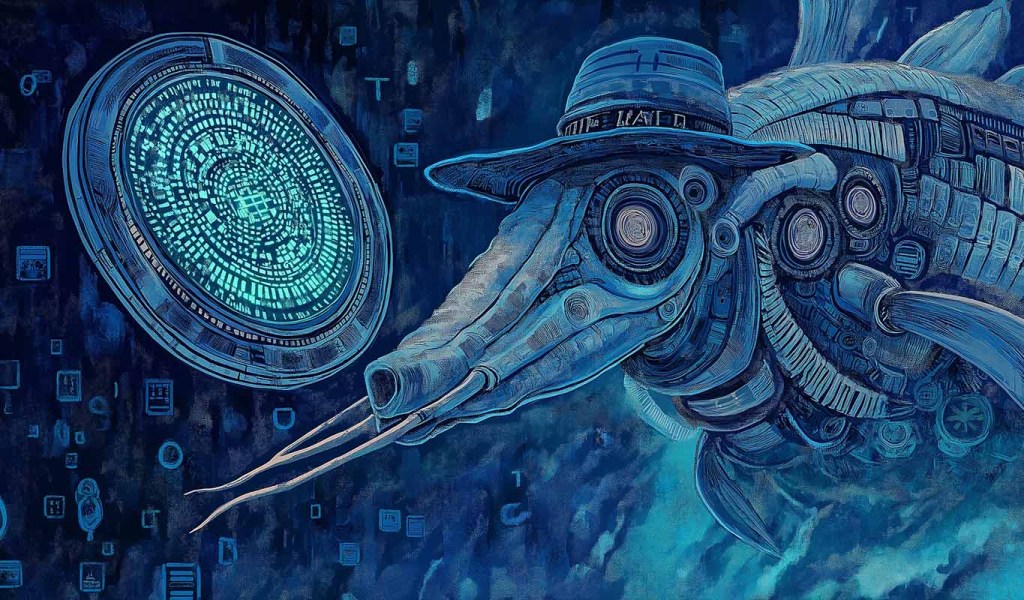
Sky Mavis co-founder eyes permissionless future for Ronin ecosystem
Key Takeaways
- Ronin plans to launch zkEVM, enabling game developers to build layer-2 chains on top of Ronin.
- Sky Mavis aims to open up Ronin’s ecosystem for permissionless game development.
Share this article
Jeff Zirlin, co-founder of Sky Mavis, shared with Crypto Briefing what’s next for the Ronin ecosystem and how they plan to offer a permissionless infrastructure for game developers. Ronin recently reached the 2 million daily active users mark boosted by gaming titles such as Pixels and Lumiterra, according to DappRadar.
“We have some really exciting gameplay launches coming up, such as the Forgotten Runes closed beta. They’ve been building throughout the bear market and are a super OG Ethereum collection. We also have Lumitera, which is like a Chinese MMO that will also have a beta test this month. We have had a lot of games and I think there is a lot of stuff that’s playable on the Ronin network,” said Zirlin.
Moreover, Sky Mavis’ co-founder also highlighted the launch of zkEVM, which was recently announced. Ronin zkEVM is a zero-knowledge layer-2 blockchain developed using a customized version of the Polygon Chain Development Kit (CDK), allowing Ronin to be a part of the Aggregation Layer ecosystem developed by Polygon.
“Right now, Ronin is about 10% full. So, let’s say we have another huge success where we’ll start to run out of cheaper and affordable blocks based on Ronin. Our approach will be to use the Polygon CDK to create the system where game developers can build their own layer-2 chains on top of Ronin.”
Path to decentralization
Zirlin explained that Ronin has been very selective with the games that have been onboarded on top of their blockchain infrastructure, and that is the strategy projects need when their technology is recently deployed, aiming at crafting user and content experiences.
“But history shows that curated is better at the beginning of an adoption cycle, whereas in the long run, something more scalable or open will eventually run out. So we want to disrupt ourselves. We need to disrupt our curated strategy via a system that allows anyone to use Ronin. That’s basically next for Ronin on scalability.”
Therefore, the next steps for Ronin include opening up its ecosystem for game developers to build games permissionlessly. “Right now, anyone that succeeds because we saw something in them. But eventually, there will be game developers that come out of nowhere to succeed on top of Ronin.”
Picking genres
Role-playing, trading cards, and real-time strategy games are the most popular genres in Web3 gaming currently. Zirlin acknowledges that there’s a lack of titles from more popular genres, such as multiplayer online battle arena (MOBA) and first-person shooter (FPS).
However, it is hard for a Web3 title to thrive in both of these genres, as it is very difficult to offer better experiences than established titles such as Fortnite, League of Legends, and Dota. “The gameplay is so, so really polished there, and so competitive,” shared Zirlin. As a result, Ronin chooses to onboard games based on two “buckets”.
“One of them is teams that exhibit leadership characteristics. They can lead the community, they can sell a vision, they’re going to be in the trenches, they’re going to be gathering feedback, and they’re going to build their products with love and an understanding of who they’re building for. Those are teams like Pixels, like Axie.”
The second bucket is related to well-established intellectual properties (IP) that are looking to explore the Web3. “An example on Ronin is Ragnarok Online. They migrated to Ronin and they still have millions of fans throughout the world, especially in Southeast Asia. So it overlapped with our ideal gamer demographic, and they’ve been successful.”
As well-established IPs come to the blockchain gaming industry and more crypto-native teams build compelling titles, Zirlin believes that this bull cycle will have a higher retention rate for players than the last one.
“I do anticipate that we will have a higher retention rate of the people that we onboard during this bull cycle because of the variety of content and the multitude of experiences that we have,” he concluded.
Share this article
Go to Source
Author: Gino Matos










